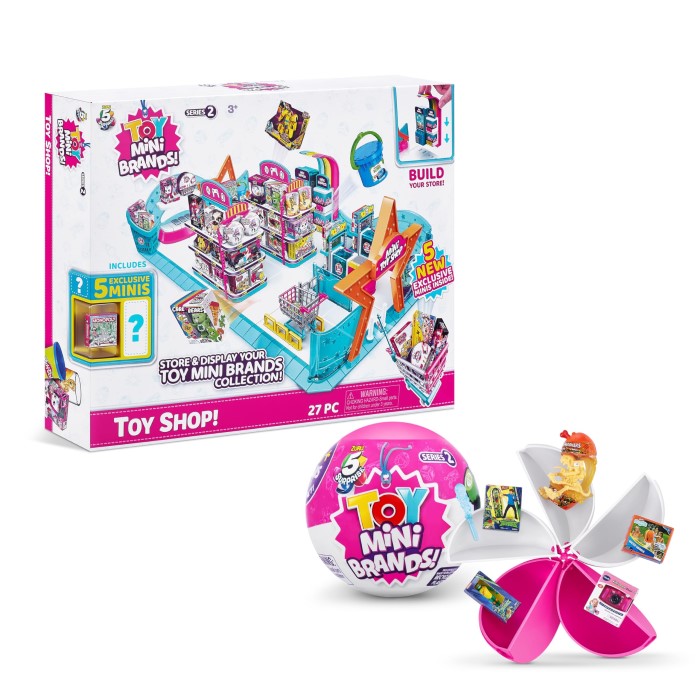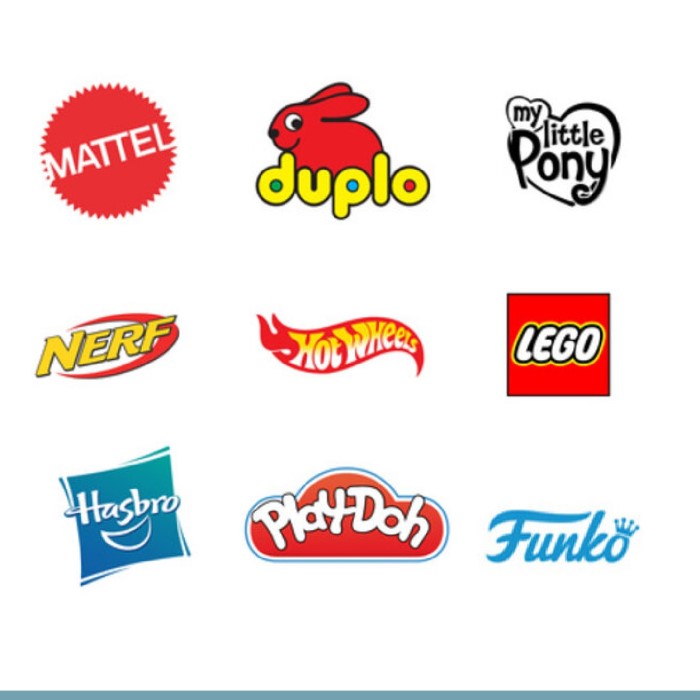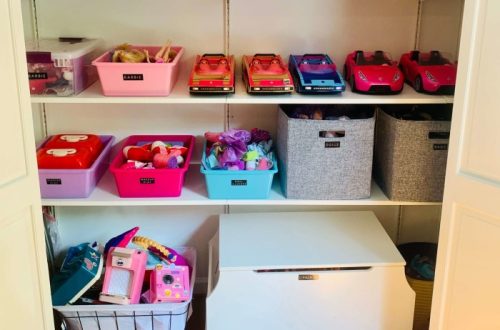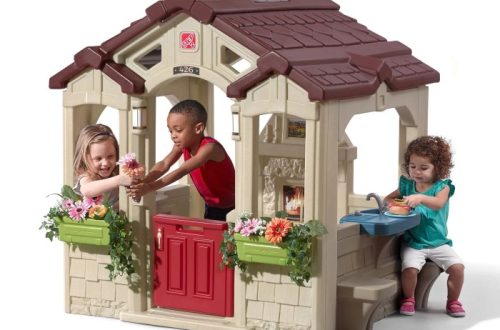Introduction
When it comes to selecting toys for children, parents often face an overwhelming array of choices. The market for children’s toys is vast and ever-expanding. Understanding which kids toy brands are worth considering can help narrow down the options. In 2025, several brands stand out due to their innovative designs, educational focus, and commitment to safety standards.
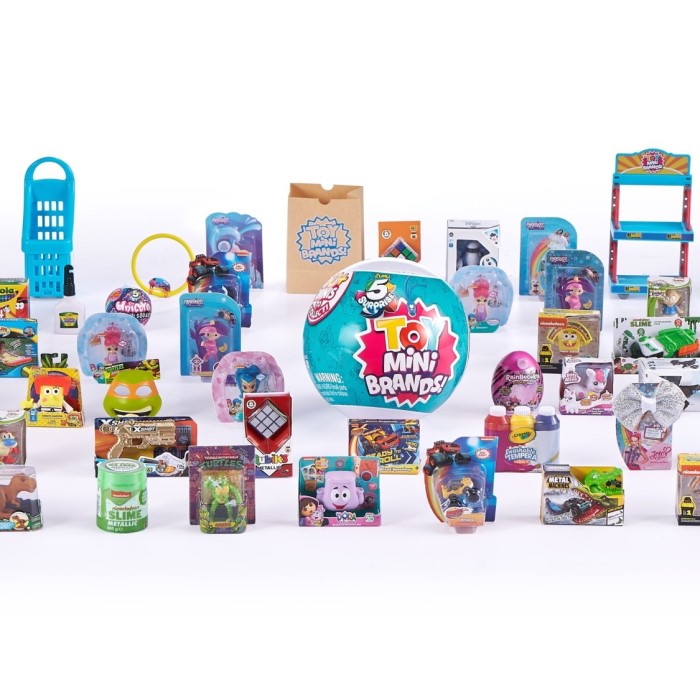
Toys are not just playthings; they are crucial tools that foster learning and development. They stimulate imagination, encourage creative thinking, and help children develop motor skills and social interactions. Therefore, selecting the right brands becomes vital for parents who want the best for their children. This guide explores the top kids toy brands to watch in 2025, offering insights into what makes them exceptional.
Understanding What Makes a Toy Brand Stand Out
Before identifying the brands that top our list, it’s essential to understand the characteristics that contribute to a toy brand’s success. Here are some key factors to consider:
- Quality and Safety: Safety is paramount when it comes to children’s toys. Parents want to ensure that products are free from toxic materials and are designed with child safety in mind. Reputable brands prioritize quality by thoroughly testing their products.
- Educational Value: Toys that promote learning are increasingly favored. Brands that incorporate STEM (Science, Technology, Engineering, and Mathematics) principles into their toys encourage engagement and intellectual growth.
- Innovation: The best brands are continuously innovating. They develop new products that excite children and reflect current trends. This innovation can come in various forms, including the integration of technology.
- Sustainability: As environmental awareness grows, many parents seek brands committed to sustainability. Eco-friendly materials and manufacturing processes resonate with eco-conscious families.
- Variety: Successful brands often offer a diverse range of toys catering to different ages, interests, and developmental stages. This variety helps parents find suitable options for their children at various life stages.
Top Kids Toy Brands to Watch in 2025
As we move into 2025, several kids toy brands are making headlines due to their innovative approaches, commitment to safety, and ability to engage children creatively. Here’s a look at some of the most noteworthy brands this year.
1. LEGO
LEGO continues to dominate the world of children’s toys in 2025. Known for its iconic interlocking bricks, LEGO encourages imaginative play and is an excellent tool for developing fine motor skills. The brand’s commitment to sustainability has led to new product lines featuring biobased plastic bricks made from sugarcane. Additionally, LEGO has continued developing themed sets based on popular franchises such as Star Wars and Harry Potter, ensuring a broad appeal to various age groups.
2. Melissa & Doug
Melissa & Doug has been a staple in educational toys for years. This brand is known for its high-quality wooden toys, puzzles, craft kits, and role-play toys. Each product is designed to facilitate imaginative play and is made from safe, non-toxic materials. In 2025, Melissa & Doug is expected to launch new lines that combine physical play with digital elements, providing a comprehensive learning experience.
3. Hasbro
A leader in the toy industry, Hasbro is recognized for its vast array of popular brands including Transformers, My Little Pony, and Play-Doh. In 2025, Hasbro has focused on expanding its presence in the digital space with interactive games that blend physical and digital play. Their commitment to inclusion and representation has also led them to introduce diverse characters across their product lines, making toys accessible and relatable to all children.
4. Mattel
Mattel is synonymous with childhood favorites like Barbie and Hot Wheels. The company has made significant strides in promoting diversity and emotional intelligence within its product lines. In 2025, Mattel plans to launch new characters and stories that reflect contemporary social issues, making the toys resonate with modern families. Furthermore, Mattel is exploring eco-friendly materials, ensuring they keep pace with growing sustainability demands.
5. Fisher-Price
A trusted name for infant and toddler toys, Fisher-Price focuses on creating products that support early childhood development. Their toys are designed to stimulate babies’ senses and cognitive skills. In 2025, Fisher-Price will introduce new interactive toys that utilize technology to provide feedback, encouraging children to explore and learn through play. The brand continues its legacy of quality and safety, making it a go-to for parents of young children.
Trends Shaping Toy Brands in 2025
As the toy industry evolves, specific trends influence how brands approach design, marketing, and consumer engagement. Here are some key trends as we move through 2025:
STEM-Themed Toys
- Growing Emphasis on STEM Learning: There has been a significant increase in the focus on STEM (Science, Technology, Engineering, Mathematics) education. Educators recognize the importance of equipping children with foundational skills in these areas to navigate an increasingly technological world.
- Educational Institutions’ Role: Many educational institutions are integrating STEM curricula into their programs, emphasizing hands-on learning and problem-solving. This shift encourages the development of critical skills that are essential for future success in various careers.
- Parental Interest: As awareness of the benefits of STEM education grows, parents are increasingly seeking out toys that align with these themes. They want products that not only entertain their children but also foster intellectual growth.
- Examples of STEM Toys: Toys that introduce concepts like coding, robotics, or engineering principles are becoming popular choices. Building sets, programmable robot kits, and interactive science experiments are among the types of toys that parents are gravitating toward.
- Skills Development: By engaging with STEM-themed toys, children hone skills such as critical thinking, logical reasoning, creativity, and collaboration. These competencies are vital for success in both academic and professional settings.
Inclusivity and Representation
- Rise of Diverse Toys: In recent years, there has been a notable trend towards inclusivity in toy design. Brands are increasingly aware of the need to represent diverse backgrounds, cultures, and experiences in their product lines.
- Fostering Belonging: Toys that reflect different ethnicities, abilities, and family structures foster a sense of belonging and affirmation among all children. When children see themselves represented in their toys, it helps boost their self-esteem and cultural awareness.
- Impact on Social Development: Inclusive toys encourage empathy and understanding among children. By interacting with dolls, action figures, and games that showcase diverse characters, kids learn to appreciate differences and develop interpersonal skills.
- Examples of Inclusive Brands: Notable brands are designing dolls with various skin tones, hair textures, and cultural attire. Additionally, some toys are created with adaptive features, allowing children with disabilities to engage and play.
- Importance of Representation: As society becomes more diverse, the representation of different backgrounds in toys not only meets consumer demand but also prepares children to thrive in a multicultural world.
Sustainability Initiatives
- Adoption of Eco-Friendly Practices: In response to growing environmental concerns, many toy brands are implementing sustainable practices. This shift includes a focus on the materials used in toy production and the environmental impact of their operations.
- Use of Recycled Materials: Toy manufacturers are increasingly using recycled plastics, wood, and other materials in their products. This not only reduces waste but also minimizes the consumption of new resources.
- Commitment to Sustainable Packaging: Many brands have committed to using eco-friendly packaging. This means reducing plastic use, utilizing recycled materials, and opting for minimalistic packaging that lessens the environmental footprint.
- Consumer Trends: Parents are increasingly gravitating towards brands that prioritize sustainability. When making purchasing decisions, they often consider the environmental impact of the toys they buy.
- Long-term Benefits: By adopting sustainable practices, brands contribute positively to the environment and inspire future generations to be more conscious consumers. They play a role in combating climate change while fostering a sense of responsibility in children.
Augmented Reality and Digital Integration
- Blending Physical and Digital Play: The integration of technology into traditional play is a growing trend in the toy industry. This approach combines physical toys with digital experiences, expanding the scope of play and learning.
- Use of Augmented Reality: Many brands are leveraging augmented reality (AR) technology to create interactive experiences. For instance, toys that come to life via apps can offer enhanced storytelling or educational content, engaging children in a new way.
- Interactive Play Experiences: Toys that link to apps can provide instructions, challenges, or additional scenarios that enrich the play experience. This tech-savvy approach appeals to children familiar with tablets and smartphones.
- Advantages of Digital Integration: By incorporating AR and digital elements, brands can make learning more appealing. These toys can help children enhance critical skills such as problem-solving while keeping them entertained.
- Future of Play: As technology continues to evolve, the connection between physical toys and digital platforms is expected to deepen. This trend will likely reshape how children interact with their toys as they grow up in an increasingly digital age.
Mindfulness and Emotional Wellness
- Focus on Mental Health: In recent years, there has been an increasing recognition of the importance of mental health and emotional wellness in children. This has led to a rise in products designed to promote these aspects.
- Mindfulness Practices: Brands are developing toys that encourage mindfulness by teaching children breathing exercises, relaxation techniques, or meditation practices. These products aim to help children cope with stress and anxiety.
- Tools for Emotional Expression: Toys that facilitate emotional intelligence are gaining traction. For instance, dolls or plush toys designed to help children understand and express feelings can help them articulate their emotions more effectively.
- Creative and Interactive Experiences: Many of these products incorporate activities that encourage self-reflection, empathy, and creativity. Art and craft kits, journals, and games focused on scenarios can spark discussions about emotions and encourage kids to share their feelings.
- Long-lasting Benefits: Introducing mindfulness and emotional wellness practices through toys can have significant long-term effects. Children equipped with these skills are better prepared to navigate challenges and build healthy relationships throughout their lives.
Frequently Asked Questions About Kids Toy Brands
As parents navigate the toy market, they often have questions regarding brands and toy selections. Here are some FAQs:
- What is the most popular kids toy brand?
Currently, LEGO and Barbie (Mattel) remain among the most popular kids toy brands. However, trends can shift based on new product releases and cultural influences. - What is trendy for kids right now?
In 2025, trends include STEM-related toys, inclusive designs, eco-friendly products, and toys that integrate digital experiences with traditional play. - What are the different toy brands?
There is an extensive range of toy brands across various categories, including educational toys (like Melissa & Doug), action figures (such as Hasbro), and developmental toys (such as Fisher-Price). - What are the top 5 selling toys of all time?
Some of the top-selling toys of all time include LEGO, Barbie, Hot Wheels, Rubik’s Cube, and Teddy Ruxpin. These toys have achieved landmark status through generations.
Conclusion: Making Informed Decisions on Kids Toy Brands
Navigating the world of kids toy brands can be both exciting and daunting for parents and caregivers. Understanding the attributes that distinguish successful brands makes it easier to select the right toys for your children. The brands highlighted in this guide stand out for their commitment to quality, education, creativity, and responsibility.
As you consider your options for the upcoming year, keep trends in mind. Look for toys that promote learning, reflect diversity, and contribute to the well-being of children. By making informed decisions, parents can provide their children with toys that entertain, educate, and inspire. Explore these recommended brands and discover the joy and learning that come with quality play! With the right toys, parents can nurture their child’s imagination and foster a lifelong love for learning.
